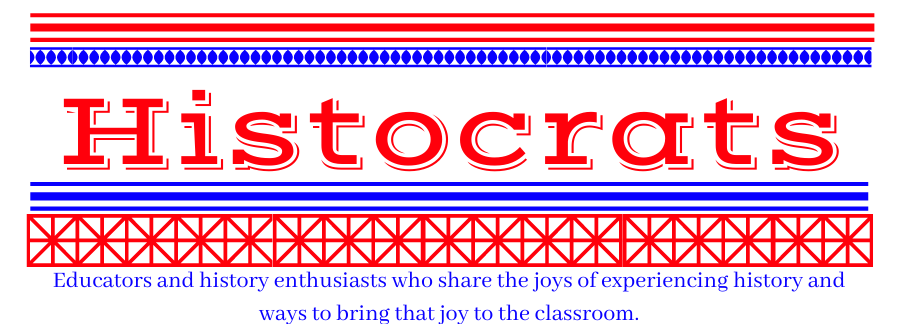Candid photo of actual family room
Today, little remains
physically of the structures at Heart Mountain. There are a couple of buildings
and a smokestack of the hospital complex and a barrack building that has
recently been donated and moved back to the site. None of the buildings are open for
visitors. There is a memorial site and
observation posts on top of a hill from which visitors can get a little idea of
how the camp was set up. There is an excellent interpretive center with
interesting and well done exhibits showing life before Pearl Harbor, the
deportations and life in the camp.
But
this is not an “On the Road” Histocrats blog; I’m writing to share an
experience at the interpretive center that made me really think about history
and the teaching of history. While we were in the museum, a family of three
came in: an older Japanese-American man, his Caucasian wife, and their
granddaughter who appeared to be in her twenties. It’s a relatively small museum, so we
couldn’t help but overhear their conversation with the museum staff. Turns out, the man was an internee at Heart
Mountain as a small boy, and this was his first visit there since 1945. The museum staff immediately asked if he
wanted to give them his contact information so that his oral history could be
added to their collection. He quietly
refused, saying he wasn’t interested.
His wife and granddaughter said that he had never spoken about his
experiences, that one of the cultural characteristics of Japanese people is not
to dwell on the past, especially unpleasantness, and that had been drilled into
him by his family.
The
family followed us into the theater for the excellent film about the camp; the
film was produced by the son of an internee and features about a dozen internees
telling their stories, including a couple who lived in the same barracks block
as the visiting grandfather. Throughout the fifteen minute film and the museum
exhibits, I watched the grandfather.
While his granddaughter sobbed during the movie, he sat stoically,
without changing expression. That
stoicism persisted as he looked at photographs and exhibits, including
reproductions of the rooms. I could tell
that his stoicism frustrated his granddaughter, who obviously wanted him to
open up, and his wife, presumably after decades of marriage, appeared to be
resigned to his quietness.
When I
awoke early the next morning (body clock still on Georgia time), I thought
about what I had seen, and I wondered what if I should have introduced myself
to the family as a history teacher and told the grandfather how much his story
and first person accounts like his mean to my students. Every year, I bring in
Vietnam veterans to speak to my classes, and I often share stories of my
encounters with Holocaust survivors and civil rights activists. Their stories bring history to life for my
students, and they create more thought, discussion, and reflection than any
textbook or lecture can. However, I know
that there is a lot of history within people that they are reluctant to share,
so much pain that they can’t bear to speak it. Unfortunately, that grandfather
may never be able to share his story, but I developed a deeper appreciation for
those who have shared, and I have a renewed desire to use primary sources and
personal accounts in my class this fall.



